
1. Your activity.
Just as you wouldn’t wear dress shoes to a rodeo or flip flops to a 5-star restaurant, you shouldn’t wear shoes that are not appropriate for physical activity. Athletic shoes typically designed for specific types of movements. With the right kind of shoe for the level of activity you’re doing will not only improve your athletic performance, but also reduce any injuries (keep reading for more info!).
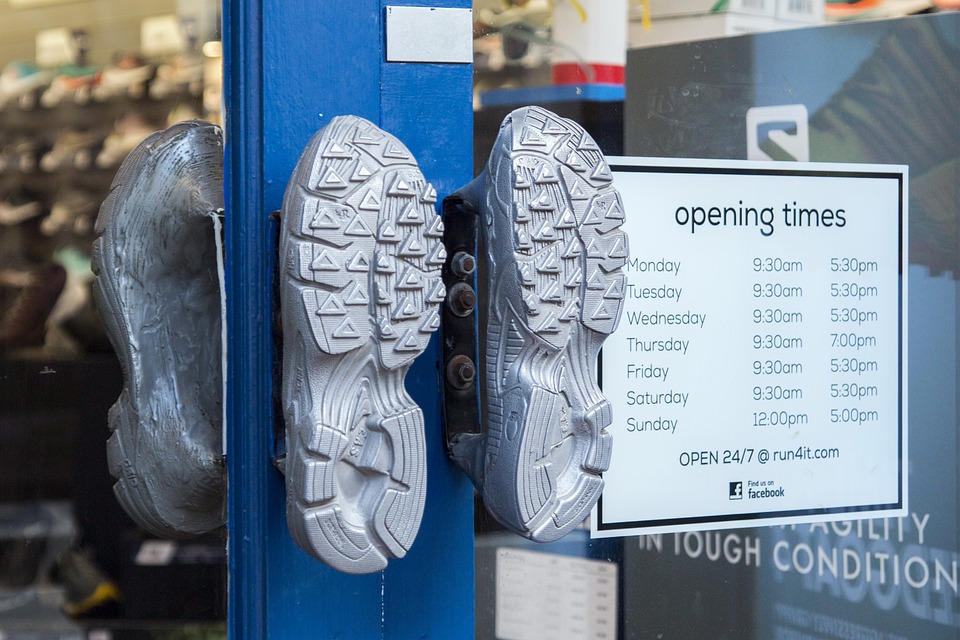
2. The experts!
Buy from a specialty store if possible—they will have a wider selection of the type of shoe you are looking for and, most likely, sales associates that are more knowledgeable.

3. The surface your training on.
Are you running on trails, a track, or a field? Sometimes, it’s very easy to go off of the style and design alone of a shoe that catches your eye in a sports store, but what’s best is to look at the shoe from all angles. That’s right! You’ll want to take a look at the bottom of your shoe to examine the surface to see what the grip looks like.
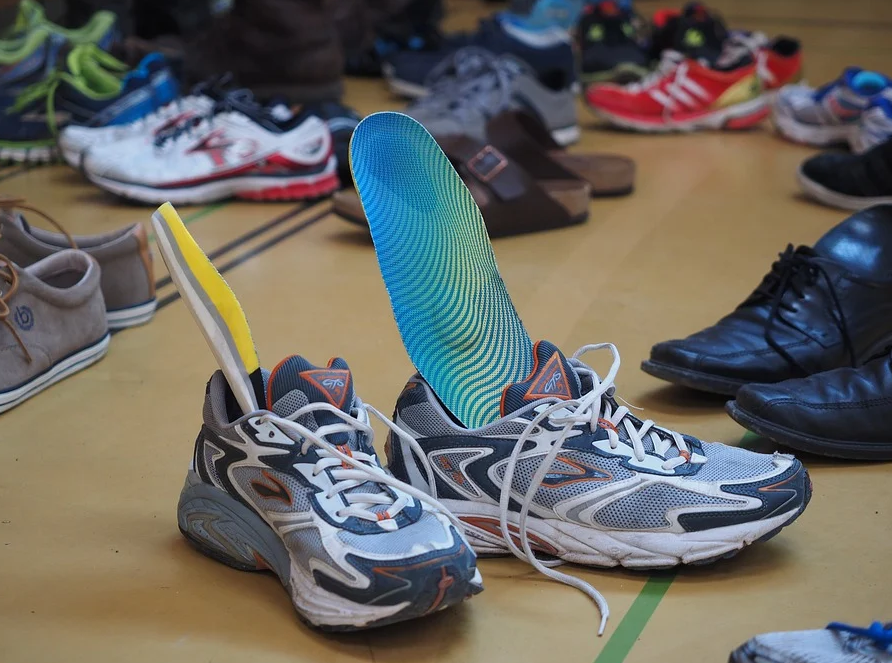
4. The support you want.
Just like the bottom of a shoe is designed for the ground, the rest of the shoe (upper, midsole, heel counter, and collar) is designed to support your feet. Whether you are running full steam ahead or will be changing direction, it is important to purchase a shoe that has the right amount of support for your activity.
Upper–Looking at the picture you can see that there is a large variation of materials from simple fabric, to weaving, to straps!
Midsole–Do you need your shoe to absorb shock or add cushioning? In this case, more is not always better as too much cushioning may affect running mechanics, needlessly increase the weight of the shoe or not even be necessary depending on the sport or activity.
Heel support & collar–Are you prone to blisters on your heel from the tops of your shoes? Or would more support for lateral movements be helpful? Be sure to test that your heel fits comfortably into the shoe while ensuring adequate support–whether that be from the midsole or height of the heel collar.
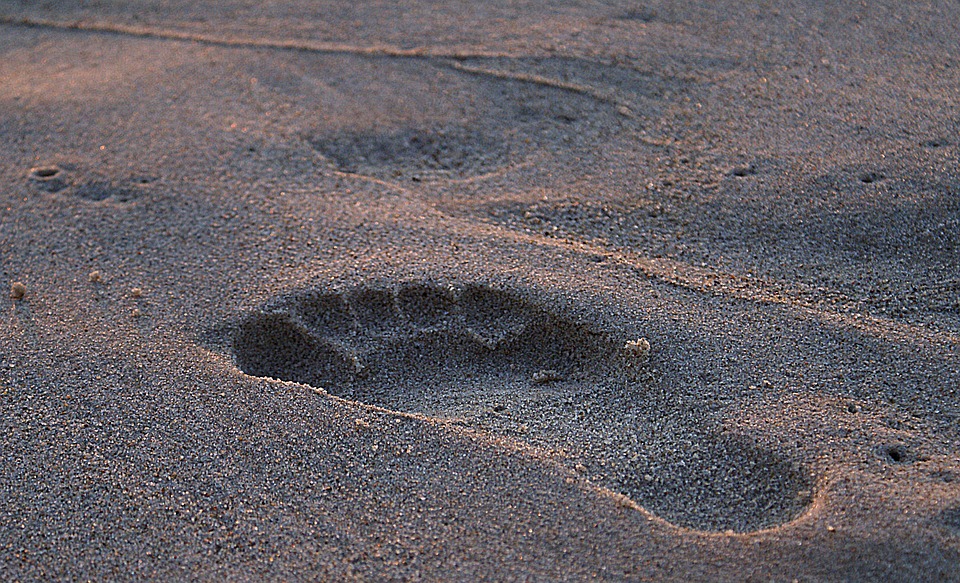
5. The shape of your foot.
While shoe size can easily be measured and memorized, it’s actually more about understanding your foot shape. Why? Gone are the days of the one-size-fits-all type of shoe. Every manufacturer operates differently; maybe you’re a size below in Nike compared to Adidas. Consider these questions when you’re on your next quest to find what fits best: Is your foot wide or narrow? Do you have a small heel and a bigger forefoot? Is your second toe considerably longer than your great toe? Are you flat-footed or do you have a high arch?

6. The ankle and foot mechanics.
Are you an Over-Pronator or Supinator? Are you a heel striker? Do you know what these terms even mean? Don’t worry: while it’s important to know the terminology, it’s even more important to know how it applies to you. Each term has its own definition and refers to how your feet naturally move when running or walking. Discover what definition you fit, and see how you can improve your mechanics. Most of the time, people will use cushioned shoes or add an insole to the shoe they already have.
Pro Tip: Lace up! Yes, believe it or not, there are lacing strategies that can help you find your ideal fit and function for your foot.
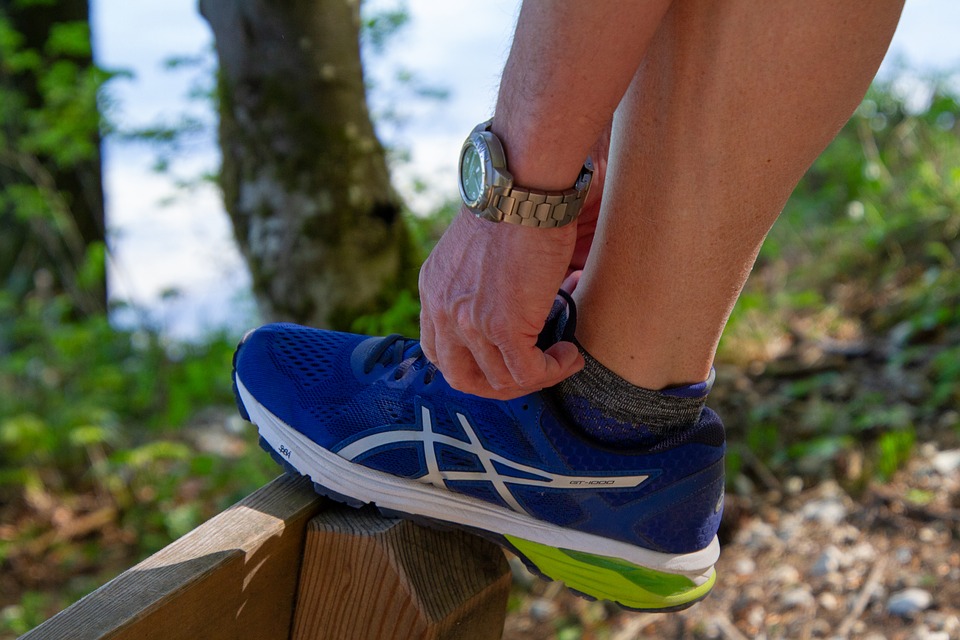
7. The height of your heel.
What you’re probably getting now at this point is that comfort matters. You want to be comfortable with what you’re wearing on your feet. Keep in mind that often when you add on more height to the heel, the more weight is added and the stability is decreased—which is important if you plan on changing directions. Don’t let your shoes weigh you down, if anything they should be carrying you through your workout without any pain or blisters.

8. The colors and style.
As a coach that likes to coordinate, I completely understand that fashion has a place in shoe choice…as long as the fashion doesn’t outweigh the purpose, function, or fit of the shoe. If you are a slave to fashion or are required to have specific colors many of the big shoe brands offer the option of custom designing your shoes! You can even put your jersey number or name on your shoe!
The Secret Is You Got To Coordinate!!!

9. The cost.
While it’s great to have a collection of Air Jordan’s (and Coach Andrea knows many that do!), the goal is to find a shoe that fits your foot and your needs, and fits in your budget. If the foot is growing faster than the shoe can be worn out, the wearer has a tendency to wear out PART of a shoe (toe dragging or excessive pivoting), or the shoe is more about the fashion than the function, then you may want to consider going with a shoe that is more multi-purpose and/or less expensive.
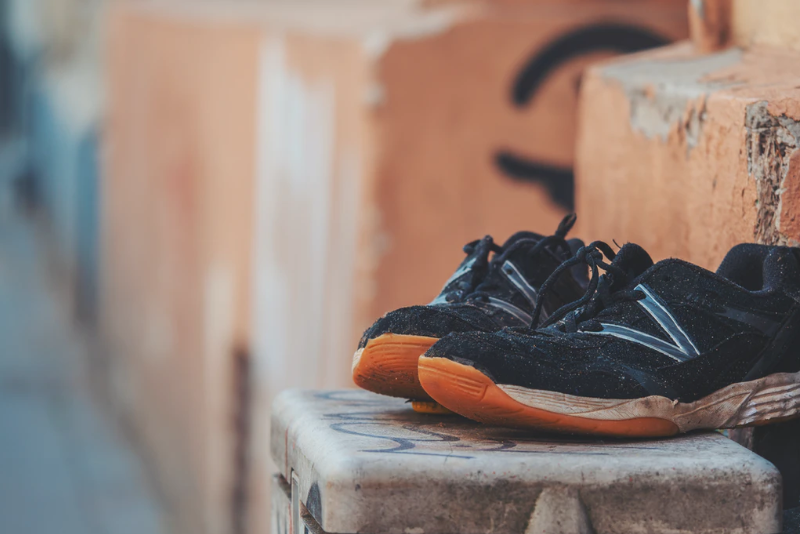
10. “Life”
If toes are poking out, soles are ripped, or all of the tread is gone, it is time to replace the shoe! If you do high volume training or wear one pair of shoes all day/everyday, you may need to change shoes BEFORE they show signs of falling apart.
Tips for your next shoe shopping trip!
- Try on shoes with the same type of socks that you would wear when wearing the shoes.
- Shop at the end of the day as feet tend to swell; it’s best to try on shoes when feet are at their largest.
- Check the store’s return policy. You may fall in love with a pair of shoes only to discover that at your next practice or training session that you’ve purchased the wrong type, color, or style.
What do you want the next Top 10 to be about!? Whether you’d like a deeper dive into one of the tips here, are curious about something in particular, or would like to see something totally fun and unrelated, shoot an email to athleticevolutionspt@gmail.com with your suggestions and we’ll write something up!
